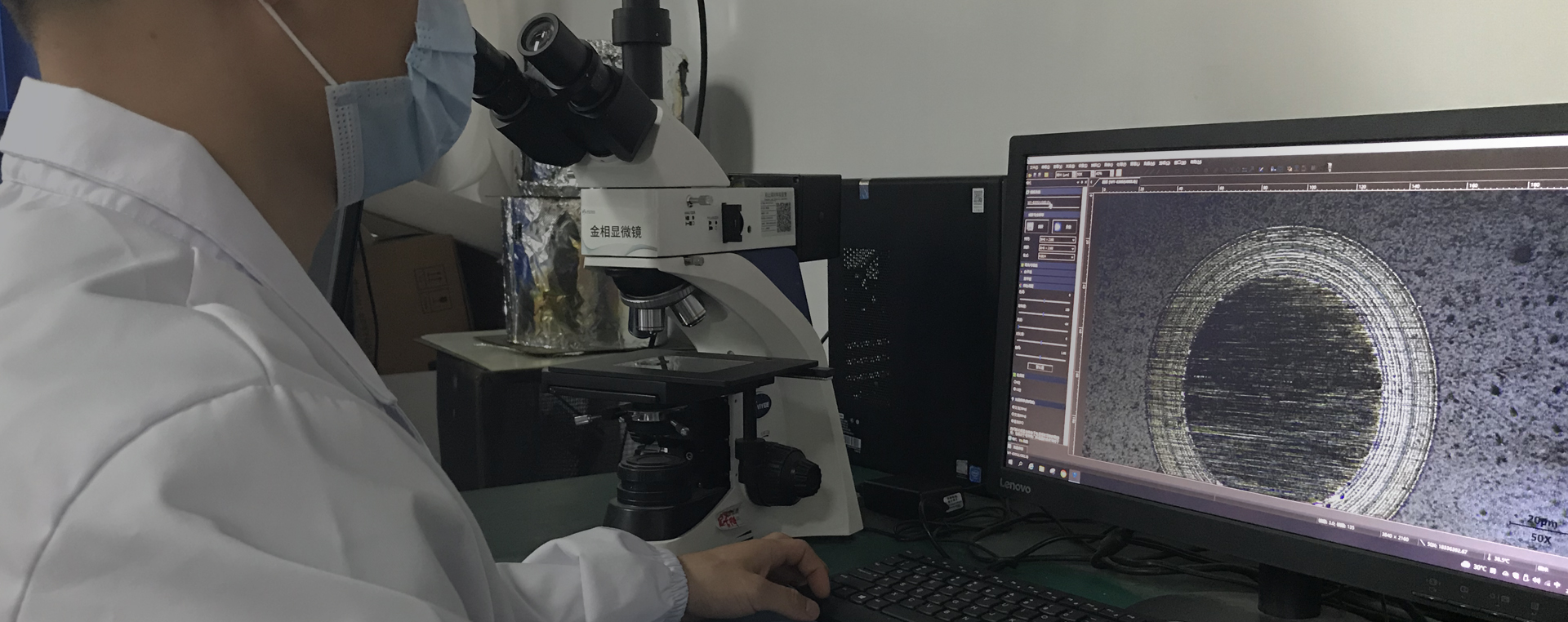Bipolar HiPIMS regulate ion energy during film growth
The introduction
Compared with conventional DC magnetron sputtering (DCMS), high-power pulsed magnetron sputtering (HiPIMS) has higher ionization density, higher metal ionization rate and higher ion current density. However, for excellent film growth, high ion current density is far from enough. In order to achieve faster growth rate and dense film quality, the ion energy reaching the substrate is also very important. Compared with traditional HiPIMS, bipolar HiPIMS can effectively increase the deposition rate of film formation by adding a certain positive pulse after the completion of negative pulse discharge. It is believed that the forward pulse can increase the plasma potential after HiPIMS discharge, thus accelerating the energy of ions reaching the substrate, and improving the growth rate and quality of the film.
Dot eyeball
1) Negative pulse HiPIMS followed by positive pulse can effectively increase the ion energy reaching the substrate;
2) In the magnetic field restricted area, the ion movement is independent of the forward pulse, but out of the area, the ion movement is affected by the positive pulse, so as to obtain higher energy;

content
To prove this hypothesis, J. Keraudy et al., Linkoping University, Sweden, analyzed the ion energy of the ions reaching the substrate under different forward pulse voltages of bipolar HiPIMS discharge by ion energy analysis spectrum, and the prediction model based on the experimental results. As shown in FIG. 1(a), the difference between conventional and bipolar HiPIMS is presented. Compared with conventional HiPIMS, bipolar HiPIMS has a positive pulse voltage after the negative pulse. The experimental results show that when the forward pulse voltage is added, the energy of metal ions reaching the substrate can be effectively increased, as shown in FIG. 1(b).
Figure 1.(a)HiPIMS voltage,(b) ion energy,(c) analysis model, and (D) plasma potential distribution
In addition to the increase in ion energy, a decrease in intensity is also observed in FIG. 1(b), indicating that not all ions are fully accelerated to the substrate. To explain this phenomenon, the author puts forward the assumption model, as shown in figure 1 (c-d), in the magnetic field constraint, the plasma potential did not change, positive pulse has no effect on ion, when the ions escape to transition region and the region, the plasma potential rapidly reduced, but can see answered region have delta Uws, the value is positive pulse plasma produced by the electric potential. Thus we can measure the energy of the accelerated ions and the decrease in ionic strength (some ions do not escape the magnetic field).
extension
1) Through ion energy analysis, the reasons for the improved film formation rate of bipolar HiPIMS were experimentally proved.
2) Modeling analysis is helpful to understand the discharge mechanism of bipolar HiPIMS.
3) As mentioned in the paper, the change of plasma potential introduced by the forward pulse in the transition zone needs to be further clarified.
 18922924269
18922924269
